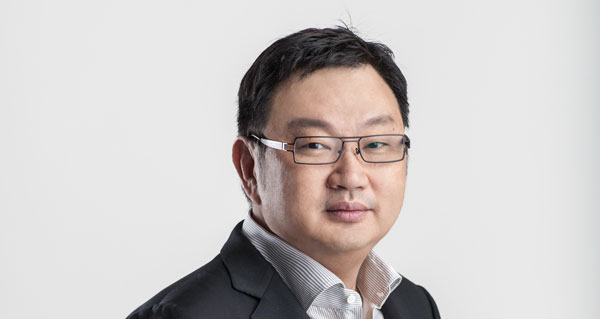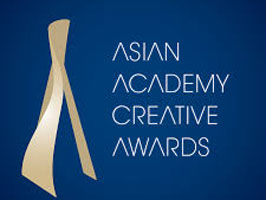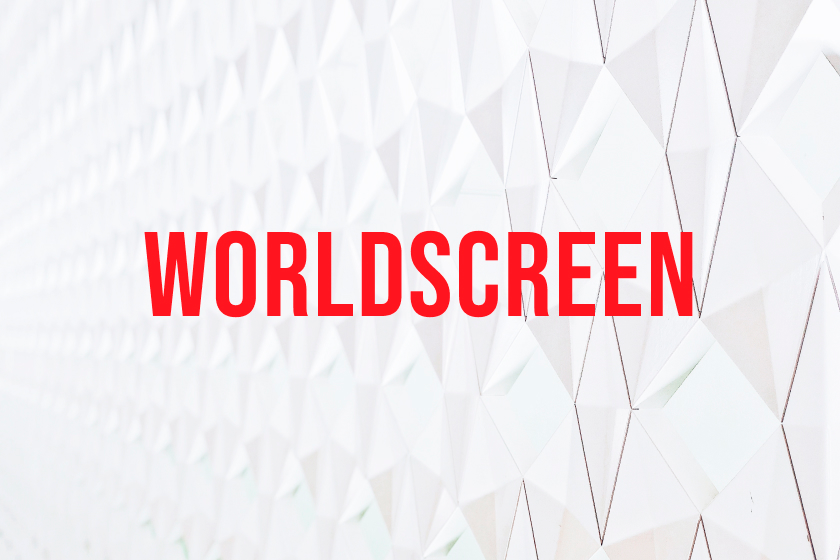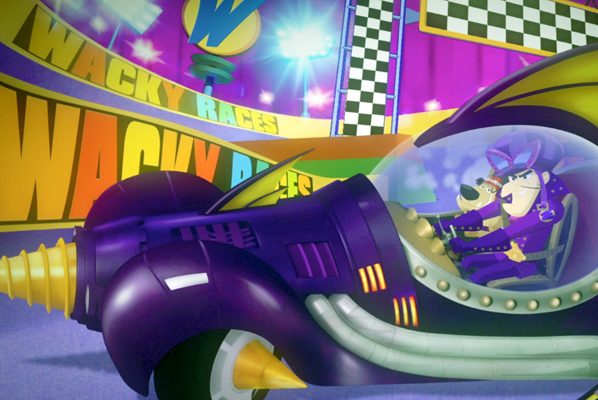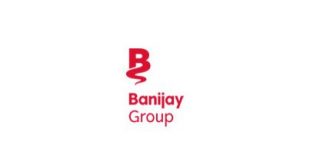Ricky Ow, the president of Turner Asia Pacific, talks to TV Asia about fan engagement, remaining relevant and growth opportunities for Cartoon Network, Oh!K, Warner TV and more.
Whether it’s coding workshops for kids or fan events around Korean heartthrobs and comic-book heroes, Turner Asia Pacific has been intently focused on making sure that it is engaging with its fans wherever they are. Under the leadership of Ow, Turner Asia Pacific has been steadily expanding its regional business, launching new brands, investing in original IP, aligning with OTT operators and extending its key franchises into consumer products, social media and on-the-ground events.
TV ASIA: What have been the major developments in your Asia-Pacific business over the last year?
OW: Our global CEO, John Martin, says Turner has become a fan-first company. The fan-first strategy and investment in local IP are the key areas that we’ve been driving. We believe that they will continue to serve us, regardless of the future developments in television. They are still the basic elements that will get us to where we want to be.
I can give you some examples. We have turned Warner TV into a first-run channel for the DC [Comics] audience. We’ve entered into a partnership with Astro Malaysia and widened Warner TV’s distribution across Asia. In Japan, a stable and mature market, we are launching Boomerang, MONDO Mah-jong TV and Tabi Tele on NTT DOCOMO’s dTV Channel streaming service. So while people are cutting down on channels, we are still launching services that are local and relevant to the market.
TV ASIA: Speaking of local entertainment, your Korean channel Oh!K has been a big success. In that competitive market, how are you maintaining a steady supply of top programming?
OW: Oh!K is doing extremely well. It’s the number one Korean GE channel in prime time on weekdays in Singapore. It increased viewership by 20 percent in 2017. In Malaysia, it increased by 37 percent. It’s going from strength to strength. We have a long-term partnership with MBC. They produce some of the best shows, such as the recent tentpoles Hospital Ship and I’m Not a Robot. Our key goal for Oh!K is really trying to expand the reach of Korean drama. Korean drama has been popular for many, many years. By localizing the shows with high-quality dubbing and subtitles, we have widened the target audience. And by cross-promoting with channels like Warner TV we are trying to attract a younger, more sophisticated audience to Korean shows. MBC also helps us to do a year-end live awards show, and for the first time we broadcast it with English commentary. So you can see the efforts we’re putting into widening the appeal of the Korean wave in Southeast Asia.
TV ASIA: You recently restructured your Southeast Asian business. What led to that?
OW: The Southeast Asia office was part of the Hong Kong office. Hong Kong and Singapore are only three and a half hours apart. But Southeast Asia is still a market with 640 million people, Indonesia being a big part of that. It is very attractive to us as a whole because of its size. It’s going through a change, and it’s not homogenous. Having a Southeast Asian office will put us in a better position to understand the [region]. We have a Warner TV Pop Expo [in the Philippines], similar to Comic-Con. We do work with the IMDA in Singapore to engage the local community to foster the animation industry and create new IP. We did a coding workshop in the Philippines for kids and tied it up with The Powerpuff Girls. We had more pop-up restaurants and pop-up cafes in Southeast Asia last year. Our YouTube channels are localized in various Southeast Asian markets. And we have more linear channel partners and more OTT partners. So the amount of activity has grown significantly enough for us to put more focus there.
TV ASIA: You’ve expanded your presence in Japan as well. Are you seeing new opportunities there that weren’t available in the past?
OW: When you see a big player like NTT launching a streaming service in Japan, it’s good news for all of us. It gives us a chance to tap into a whole new audience. We made sure the channels we put there are differentiated—they are not the same ones as on cable. There is no cannibalization for us. They are uniquely different in a lot of ways. We can leverage the brand and do sub-brands that don’t cannibalize, so we can attract a totally different audience and grow the marketplace. Japan has been good to us. It’s a high ARPU market with a very stable environment, so having a new launch is very exciting for all of us. And having three channels [on NTT], as an international broadcaster, is very exciting.
TV ASIA: What kinds of opportunities are your finding with OTT platforms across the region?
OW: We have put our Cartoon Network shows on iflix, we are with Tribe, we are on Netflix, HOOQ and Stan, to name a few. We have our content with a good number of the big operators. By having our content with them, we continue to put our fans first. We need to be where our fans are. And we need to take care of our core business. We need to make sure that the first-runs remain very much with our pay-TV partners, but the [Cartoon Network] franchises expand beyond linear TV.
We are learning from our partners—they are sharing with us what works and what doesn’t work. A lot of partners have found that when they have kids’ content like Cartoon Network, it reduces churn. The kids continue to watch, even after the adult has watched what they want to watch. I’m not saying we know everything at this point, but the learning is good for us as Asia is experimenting with many models.
CNN and Cartoon Network are available through the AIS PLAY app and AIS PLAYBOX in Thailand. They join other Turner channels already on AIS Play: Warner TV, HLN and Boomerang. Also in February, the linear channels Cartoon Network and Warner TV secured carriage on the new Indonesian OTT platform ForjiFlix.
TV ASIA: What have been some of your major local-programming initiatives?
OW: Investment in local IP has been a big development for us, in every region. In Southeast Asia we have a partnership with mm2 Entertainment to produce five movies over a three-year period. These movies will play on our channel and we’ll be able to syndicate them. Monster Beach (the series) was announced at MIPJunior last year as a production from Asia Pacific for the international market. India has continued to invest in local IP. Turner produces 400 hours of original programming in Japan every year. In China we have produced a lot of shorts featuring Tuzki, our emoji rabbit IP. We are doubling down on our efforts. There are movies with Tencent for Tuzki and we will be doing more. You can see the breadth and the width of the things we’ve been doing, from local IP to short-form to animation. Not many of the international players have such a wide local production plan.
TV ASIA: What are some of the things you have to do today to drive awareness of your brands and your content in such a crowded environment?
OW: On the kids’ side, we look at the franchise—The Powerpuff Girls, Ben 10—and we plan the whole 360-degree attack. Linear TV, games, apps, YouTube, OTT, Facebook. We ensure that whether it’s social, digital or linear TV, our franchises are well represented and our fans can consume a version of them. Last year we claimed 1.7 billion touch points for Cartoon Network. This year we have grown it to 2.3 billion. This is excluding China. Cartoon Network Wave, our branded cruise ship, is another touch point, as well as the award-winning Cartoon Network Amazone waterpark in Thailand.
On the entertainment side, Warner TV has the advantage of the DC fan base, which we can connect with through social or a mechanism like the fan expo. They are the influencers who will push your IP out there. We focus a lot on social. But we also make sure we have on-the-ground events that tie back to social, tie back to the linear channel. It’s similar for Oh!K—social, plus visits by Korean talent. You can’t just shout louder. You have to be consistent in surrounding and engaging your fans throughout the year. You can’t shout and then be quiet for six months and then shout again. In six months, if their eyes aren’t on you, they’ve forgotten about you.
 TVASIA
TVASIA
